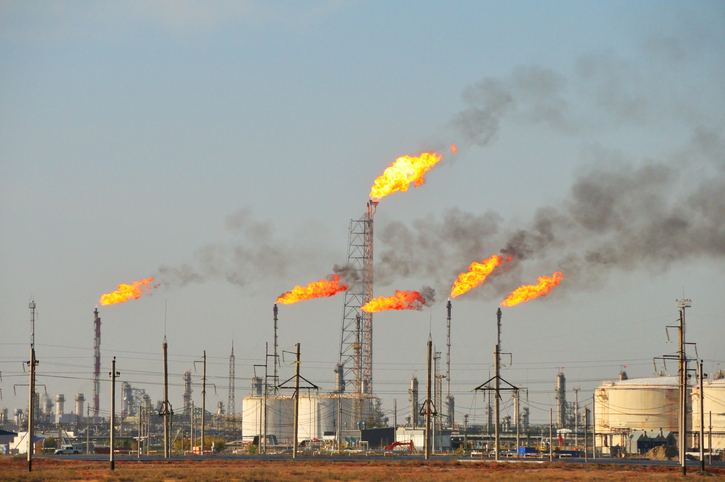The Global Methane Pledge: How Will We Measure Progress?
October 4, 2021
Capabilities
Regions
Australia & Asia Pacific
United Kingdom & Europe
Latin America & the Caribbean
Middle East & North Africa
North America
South & Central Asia
Sub-Saharan Africa

